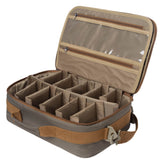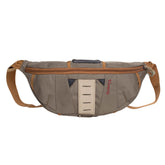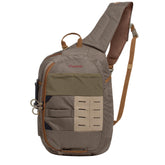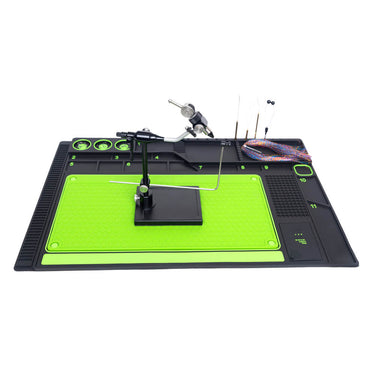Smallmouth Bass: Mastering the Art of Fly Fishing
Fly fishing for smallmouth bass is an exciting and rewarding pursuit that combines the finesse of fly fishing with the aggressive strikes and powerful fights of these hard-fighting fish. Here’s a comprehensive guide to help you get started:
1. Understanding Smallmouth Bass Behavior
Habitat: Smallmouth bass prefer clear, cool water with rocky or gravel bottoms. Look for them in rivers, streams, lakes, and reservoirs near structure like boulders, ledges, drop-offs, and weed edges.
Seasonal Patterns:
Spring: Fish shallow areas (spawning grounds) as water warms.
Summer: Target deeper, cooler water during the day; early morning and evening are best.
Fall: Active feeding before winter—fish near drop-offs and current breaks.
Winter: Slow down presentations in deep pools or slow-moving water.
2. Fly Fishing Gear for Smallmouth
Fly Rod: A 6-8 weight rod (9-10 ft) is ideal for casting larger flies and handling strong fish.
Fly Reel: A quality reel with a smooth drag system (smallmouth can make strong runs).
Fly Line:
Floating line for topwater and shallow presentations.
Sink-tip or full sinking line for deeper water.
Leader & Tippet: 7.5–9 ft leader (0X–3X) for most situations. Fluorocarbon is great for abrasion resistance.
3. Best Flies for Smallmouth Bass
Smallmouth are aggressive and opportunistic, eating a variety of prey. Key fly categories include:
Topwater Flies (summer/early fall):
Poppers (Boogle Bugs, Sneaky Pete)
Deer hair mice or frogs
Streamers (year-round, especially effective):
Clouser Minnow (chartreuse/white, olive/white)
Woolly Bugger (black, olive, brown—size 4-8)
Game Changer (articulated streamer)
Nymphs & Crawfish Patterns:
Hellgrammite patterns
Crayfish imitations (NearNuff Crayfish)
Stonefly nymphs (size 6-10)
4. Presentation Techniques
Topwater: Cast near structure and let the fly sit before giving short, aggressive strips.
Streamers: Strip-retrieve with varying speeds (smallmouth love erratic movement). Try "jigging" near the bottom.
Nymphs: Dead-drift under an indicator or swing across current seams.
Crayfish Patterns: Hop or drag along the bottom to mimic natural movement.
5. Where to Fish
Rivers & Streams: Focus on current breaks, eddies, and rocky riffles.
Lakes & Reservoirs: Fish points, weed edges, and drop-offs. Look for smallmouth chasing baitfish.
Great Lakes & Northern Waters: Smallmouth thrive in clear, rocky areas—try smallmouth "flats."
6. Tips for Success
Match the Hatch: Observe baitfish, crayfish, or insects in the water.
Fish Early & Late: Smallmouth are most active during low-light periods.
Use a Strip-Set: Unlike trout, smallmouth require a firm strip-set to drive the hook home.
Go Light or Go Deep: Adjust depth based on where fish are holding.
7. Conservation & Ethics
Handle fish with wet hands to protect their slime coat.
Use barbless hooks for easier release.
Avoid fishing spawning beds in spring to protect the fishery.
Final Thoughts
Fly fishing for smallmouth bass offers explosive strikes, acrobatic fights, and the chance to explore beautiful waters. Whether you’re casting poppers on a summer evening or dredging streamers in deep pools, smallmouth provide endless excitement on the fly.
Tight lines! 🎣















